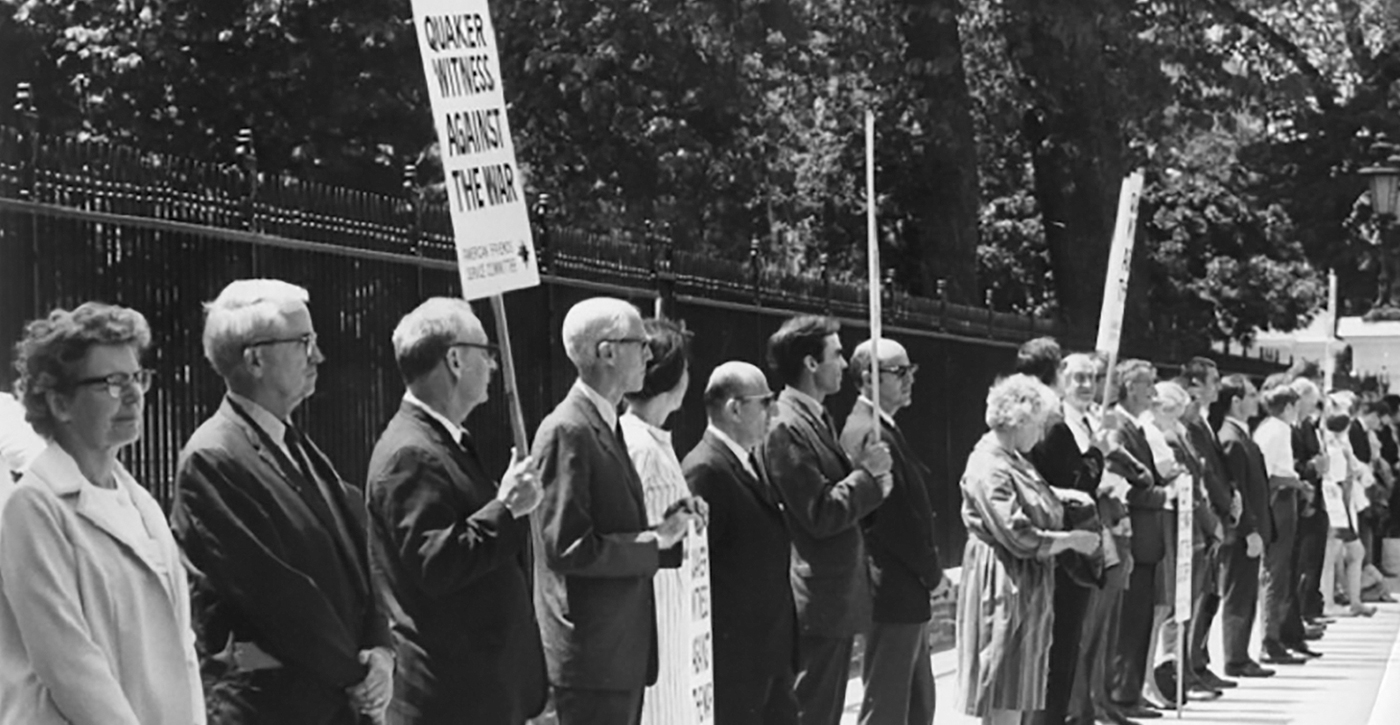I grew up as part of the first generation to have regular access to TV. Much of what we watched in those days were movies—war propaganda—about World War II, or regular weekly programs about cowboys and Indians (more propaganda, justifying our colonial legacy), all of which involved quite a bit of violence, rather tamely portrayed by today’s standards. Later, detective shows, cop shows, and murder mysteries became regular fare. As a much older person, I’ve come to regard TV and films as primary teaching tools (intentional or not) in our culture—ones that are far more often used to promote violence as a solution (or even a form of entertainment) instead of problem-solving that averts violence.
I came of age during the ’60s, when the Vietnam War was raging and many were actively protesting that war. It was abundantly clear to me then, as now, that violent solutions beget more violence and mostly do not resolve the problem they were initiated to address. So it should be quite clear what the Peace Testimony means today—or is it? We are now living in an age of terrorism, where the actions of a few can affect the lives of millions for years to come. How do we speak Truth to power in that circumstance? Where do we direct our concerns? And to what extent should they begin with extensive consideration of our personal choices? How many of us have read the historic Declaration of 1660, from which our Peace Testimony is drawn—and agree with it? (You can find a spelling-and-punctuation-updated version of it on our website at http://friendsjournal.org.) Do we know that George Fox complained it was unfair when Quakers were forced to resign from the army? I must confess I did not.
In this issue on "The Peace Testimony," Friends look at what may be our most treasured testimony from many perspectives. Paul Buckley, in "The Declaration of 1660" (p. 7), closely examines the context and language of the original document, shedding light for modern Friends on what early Friends may have intended. In "A Testimony on the Effects of Combat, from a United States Army Officer" (p. 18), David Gosling speaks powerfully to the corroding influence of mainstream U.S. culture in his own much more recent youth, and particularly the effects combat has had upon his sense of morality. Tai Amri Spann-Wilson, in "The Gift of the House of the Peaceable Kin-dom" (p. 32), urges Friends to consider making our meetinghouses true places of sanctuary for those seeking peace in their lives. Staśa Morgan-Appel explains how following her leadings toward peace through work with the Red Cross has opened her eyes to the common humanity of military families, not so very different from the rest of us, in "The Peace Testimony and Armed Forces Emergency Services" (p. 20), while Faith Morgan urges us to reduce consumption and energy use to forestall the causes of conflict in the rapidly arriving resource-depletion era ("Removing the Pressure for War" p. 36). And there is much more in this issue.
There may be as many ways to approach the Peace Testimony as there are Friends. Each of us must discover for ourselves how we are called to address the causes and results of conflict between people and nations. For some, this will involve work at the national or international level, or work with nongovernmental organizations. For others it will involve teaching new skills, such as the Alternatives to Violence Project. Some of us will revamp our own lives and share the results with others; some will study and reflect deeply, and write about their discoveries. Perhaps the most dramatic and remarkable peace work today is being done among African Friends in response to genocide on that continent. For all of us, the challenge is to let peace be the way we approach everything and everyone.


